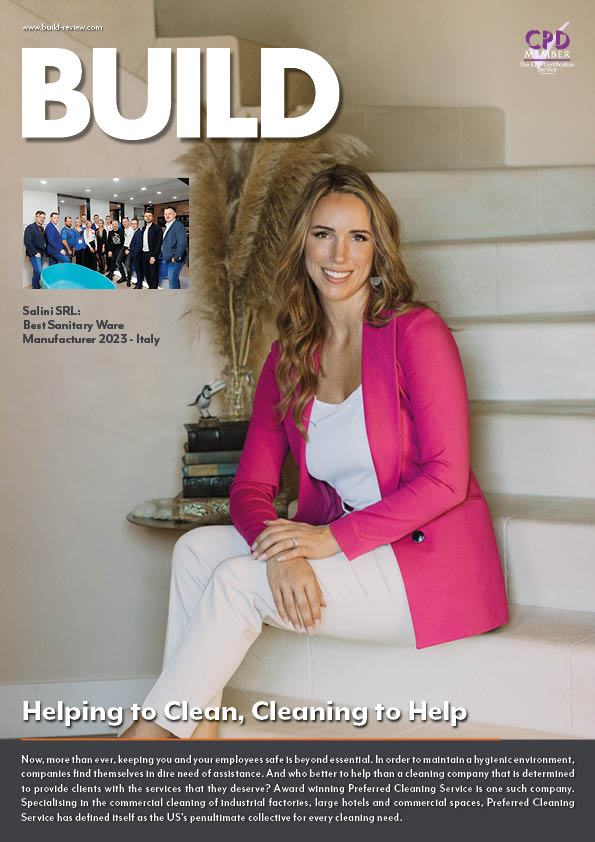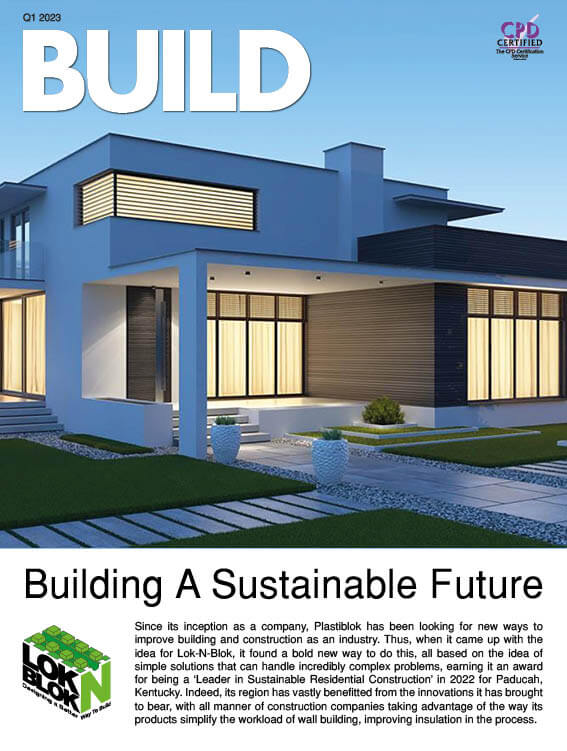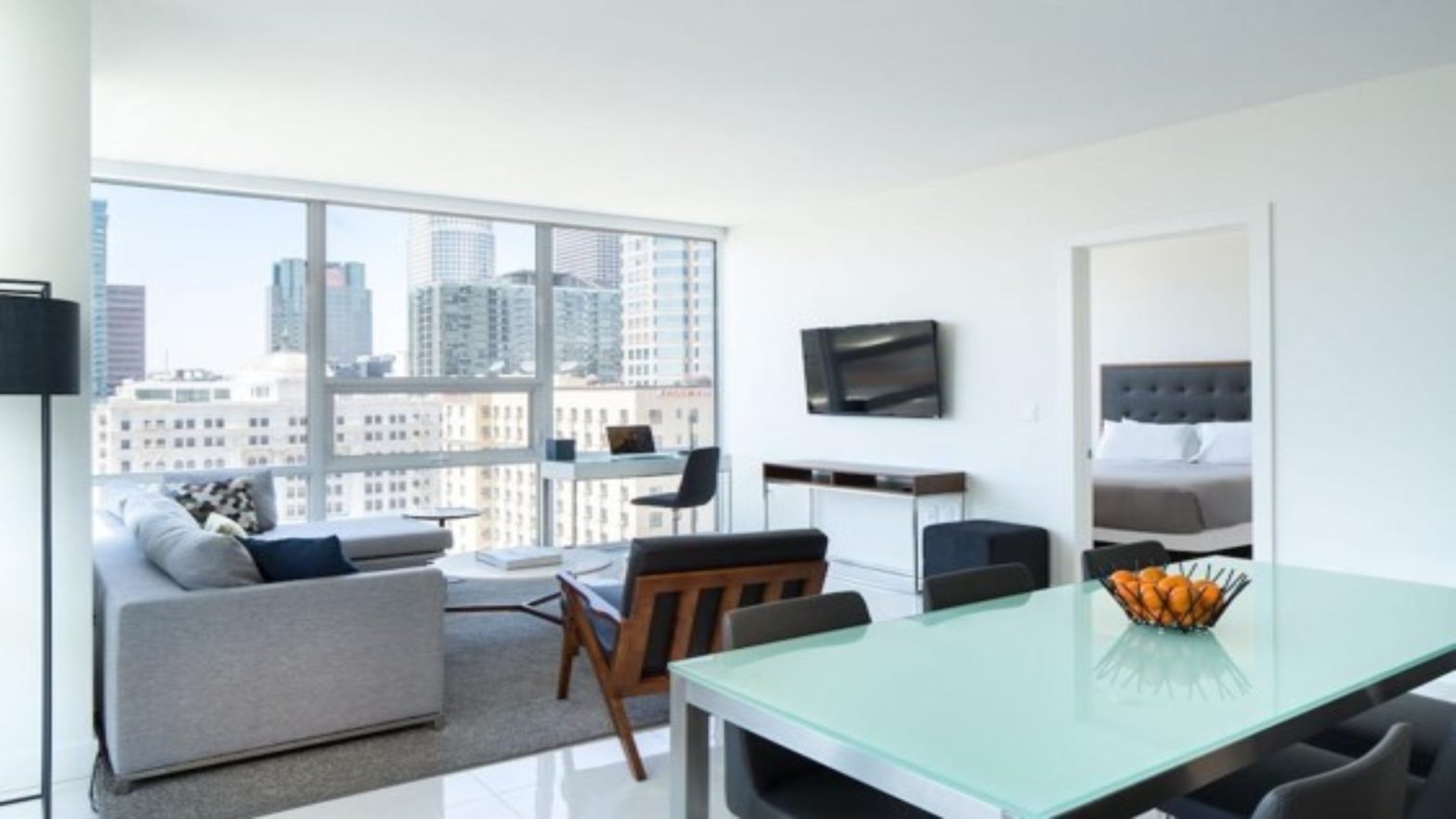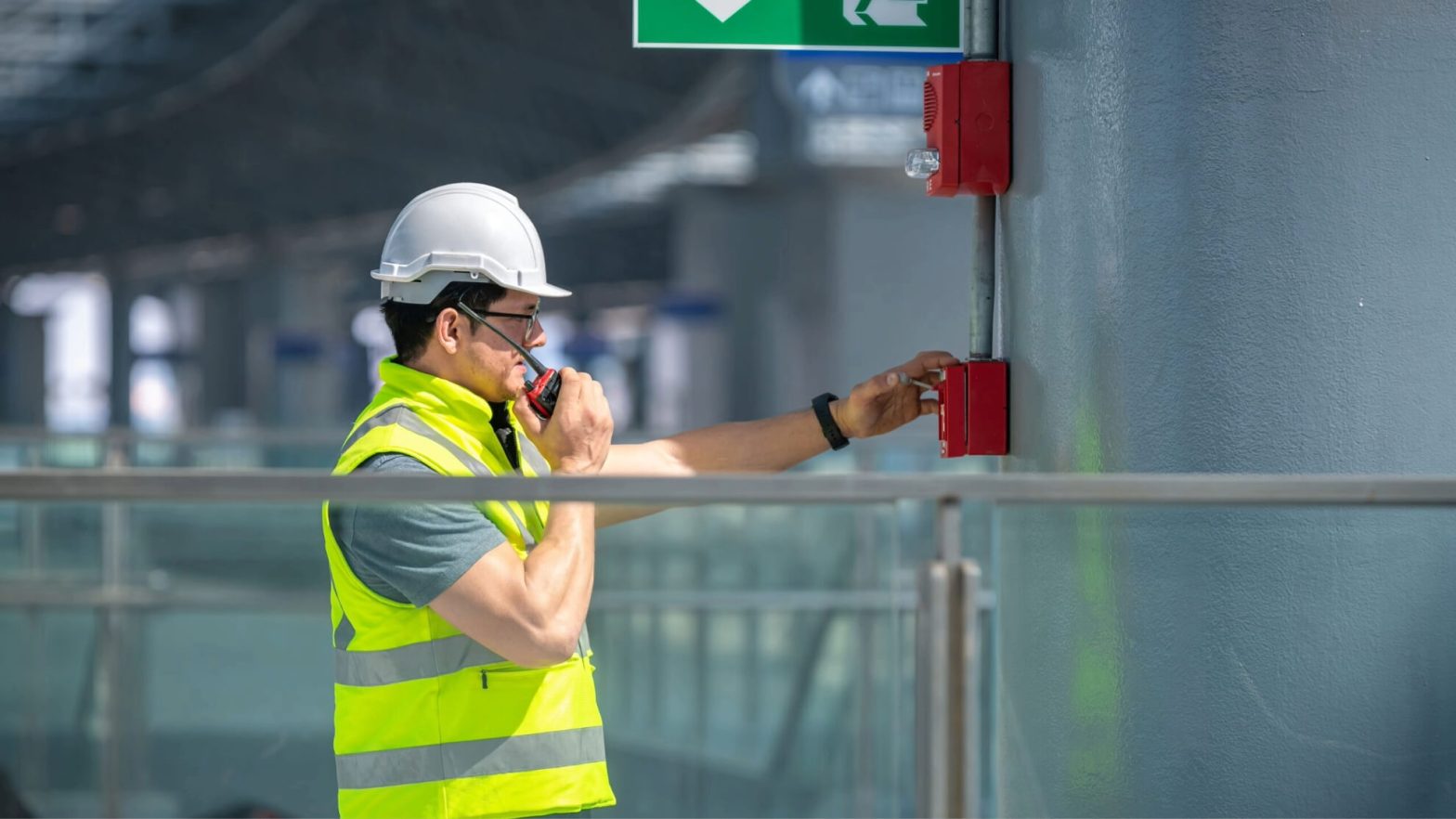Maintenance costs are an essential component of any operation, yet they can quickly build up and put a strain on your finances. In today’s cost-conscious landscape, the maintenance budget is often the first area to undergo budget cuts, particularly in asset-intensive industries. That’s because maintenance expenses can make up 20-40% of an organization’s annual budget.
However, blindly slashing a large portion of the maintenance budget can have serious repercussions in the long term. Neglecting repairs, layoffs, shortages in spare parts, and lack of training can result in equipment malfunctions and harm your operation.
Thus, a structured, disciplined, and sustainable approach is needed to reduce maintenance costs. By following these four simple steps, you can trim your maintenance expenses while maintaining your equipment’s performance.
Step 1: Improve Low Maintenance Productivity
Efficiency is key to reducing maintenance costs, and improving your low maintenance productivity is an excellent place to start. In many industrial settings, maintenance technicians spend significant time on non-productive tasks, such as searching for parts and tools, waiting for permits, and waiting for equipment to become available. This inefficiency is often a result of inadequate planning and scheduling processes.
By introducing a standard approach and a proven framework for planning and scheduling, you can raise your productivity by at least 30% without hiring extra staff.
Step 2: Optimize Preventive Maintenance Programs
The second step to reducing maintenance costs is to optimize your preventive maintenance (PM) program. Many PM programs have not been revised in a long time, resulting in tasks that add little value or are done excessively. A significant percentage of PM tasks are poorly defined, ineffective, or missing altogether, leading to a waste of resources and increased maintenance expenses. You need to match the right type of maintenance with the failure mode that you are experiencing.
By analysing your PM program with Pareto charts, you can identify the tasks that cost the most in money and labour and eliminate those that do not add value. It is essential to base your PM program on basic reliability practices, such as condition-based maintenance instead of time-based maintenance, to ensure effective and efficient resource utilisation.
Step 3: Eliminate Repeat Failures
The third step in reducing maintenance costs is to tackle repeated equipment failures. Maintenance teams often repeat the same repairs, which is time-consuming and costly. This approach also cultivates a reactive maintenance culture. To address this, identify the equipment responsible for the majority of breakdowns, corrective maintenance costs, and workload.
By analyzing your corrective maintenance history and creating Pareto charts, you can pinpoint these “bad actors” and prioritize them. Then, conduct a root cause analysis to determine the underlying and contributing factors, instead of blaming operators or maintenance technicians. This will help you identify process, system, and management issues that lead to failures, and by addressing these issues, you will see significant improvements in corrective maintenance workload and budget.
Step 4: Improve Maintenance Contracts and Rates
The fourth step in reducing maintenance costs is to enhance your maintenance contracts and rates. By reviewing and reevaluating your specifications and requirements, both internally and with suppliers and service providers, you can determine which requirements drive up costs.
By reducing or eliminating unnecessary requirements, you can aim for a 5% cost reduction. Furthermore, structuring contracts to incentivize contractors and service providers to eliminate waste and become more efficient can lead to further cost reductions.
It is crucial to work closely with procurement and contracts teams to achieve these objectives and monitor the impact on quality. By collaborating with contractors and service providers to eliminate waste across their processes, rates, and costs will come down.
Final Thoughts
Implementing these steps will require some effort and planning on your part, but the savings will be worth it. Start by identifying where your costs are coming from and then target your efforts accordingly. Once you’ve identified areas for improvement, develop a plan and put it into action.
By taking the time to identify and address areas where you can cut costs, you can save money without sacrificing the performance of your equipment.
Keep in mind that maintenance costs are a necessary part of running any type of facility, but by implementing the steps outlined above, you can keep those costs under control. Keep monitoring your costs and make adjustments as you go, that way you can always find a way to save.





























